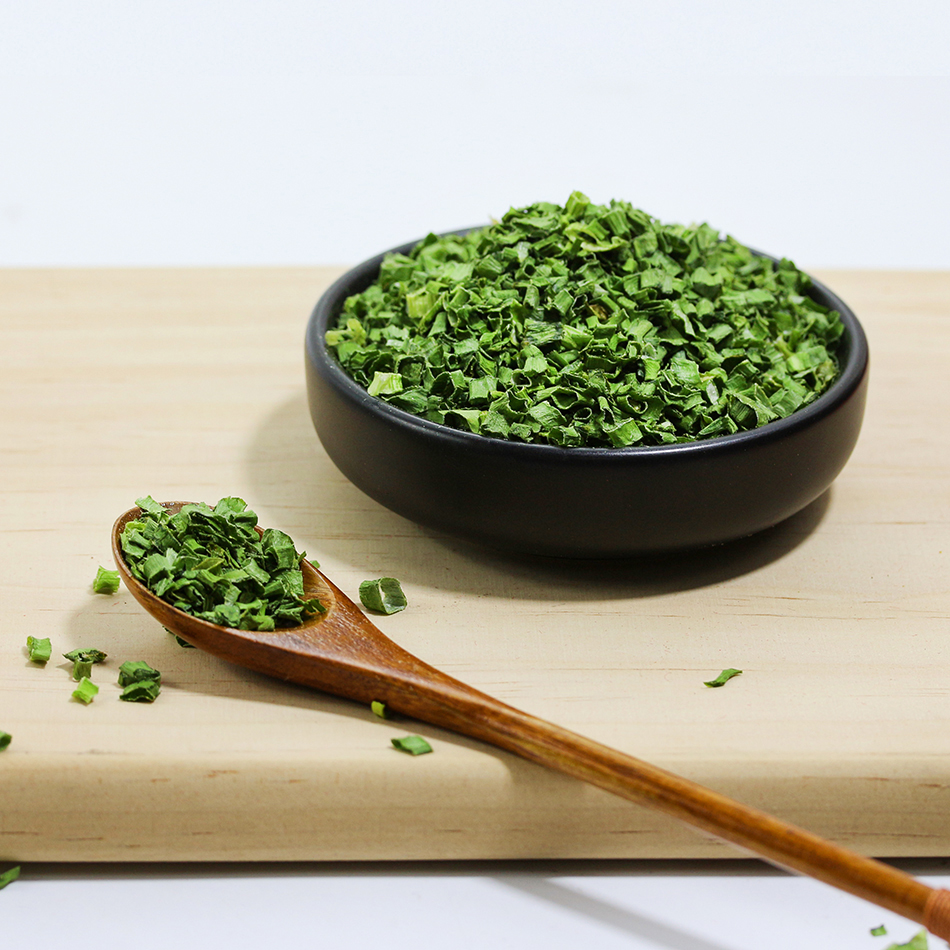How to safely cool winter vegetables
How can winter greenhouses better function as insulation and antifreeze to prevent greenhouse vegetables from freezing in cold weather? Based on the experience of recent years, the author summarized several antifreeze experiences for reference by farmers.
First, take reinforcement measures. Cooling rain and snow are often accompanied by strong winds. When encountering windy and snowfall conditions, check carefully where the greenhouse is loose and take reinforcement measures. Such as the reinforcement of the lamination line, the south end of the lamination line is fixed on the underground anchor, the north end is tied with a stone or sandbag, and is fixed outside the north wall, and the elasticity of the lamination line is adjusted at any time. Damaged parts of the plastic film should be promptly repaired to prevent the snow from blowing into the shed.
Second, warming up in time. To cool the weather, cover in advance in the afternoon and maintain the tightness of the shed film. In rain and snow, a layer of shed film should be put on the insulation and grasshoppers to prevent the rain and snow from wetting the quilts and grasshoppers. The old shed wall has poor thermal insulation properties, and it can be stacked with straw or crop stalks at the bottom of the back wall of the greenhouse to form wind barriers to block wind and cold.
Third, timely removal of snow on the shed. In rain and snow, the snow on the shed should be removed in time to prevent the snow from falling from the scaffold and collapse the shelter. Clear trench drainage work on both sides of the greenhouse in time, and timely clean up when snow accumulates.
Fourth, temporary warming. When the daytime temperature in the greenhouse is lower than 15°C and the nighttime temperature is lower than 5°C, cold or freezing injury may occur. Temporary warming measures should be taken at night to artificially supplement heat energy. Several briquettes can be placed in the shed to increase the temperature inside the shed. However, attention should be paid to preventing carbon dioxide poisoning, and greenhouses should be ventilated before entering people.
Fifth, take a small water pouring, under the film dark irrigation method. In winter, not only the temperature is low, but also the ground temperature is low, such as excessive watering, which leads to a drop in ground temperature. The second is to cause poor ventilation in the soil and directly affect the activity and absorption of vegetable roots. The use of small drip irrigation under the membrane can meet the vegetable's need for water without excessively reducing the temperature of the ground. In order to increase the ground temperature, corn stalks and the like can be laid on the walkways, which can protect the ground temperature, reduce the air humidity in the shed, and facilitate the growth of the roots of vegetables.
Six, more light and ventilation. In the event of continuous rain and cool weather, it is not possible to cover the straw or thermal insulation in the daytime to keep the vegetables in a dark environment. Clean up the sand and dust on the greenhouse film after sunny days. Do not water or spray pesticides on cloudy days. When it is cool and cloudy, due to lack of light, the dark environment of the day will cause yellowing of the vegetables. In order to increase the light, we should uncover the light of the straw every day, and hang the reflective film on the wall in the north of the greenhouse to let the vegetables. Scattered light is irradiated to maintain the formation of chlorophyll.
Seven, master fertilization techniques. Avoid excessive application of high-nitrogen and potassium fertilizers during cooling period. Special precautions must be made to use potassium nitrate and other types of fertilization with caution. Appropriately supplement microbe and fish protein organic fertilizers and foliar spray Pideline fish protein and potassium dihydrogen phosphate. It can increase the resistance of crops and increase the cold and frost resistance of plants.
Dehydrated millet onions are made by air-drying fresh millet onions for easy transportation and storage. It is used in family meals, restaurants and seasonings. Delicious and delicious, it is an indispensable spice in life. In life, people don't know how to eat dehydrated millet onions. Here are some practical methods of millet onions. First of all, dehydrated dried onions can stimulate the body's sweat glands and achieve the effect of sweating and heat dissipation. Scallion oil can stimulate the upper respiratory tract, making it easier to cough up sticky phlegm. Onions contain allicin, which has obvious anti-bacterial and viral effects. In particular, the inhibitory effect on Shigella and dermatophytes is more obvious.

Dehydrated Millet Shallot,Millet Shallots For Cooking Noodles,Dehydrated Millet Spring Onion,Delicious Dehydrated Millet Spring Onion
Laian Xinshuyu Food Co., Ltd , https://www.xinshuyufood.com